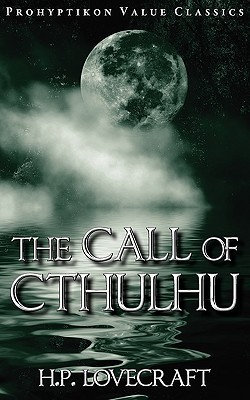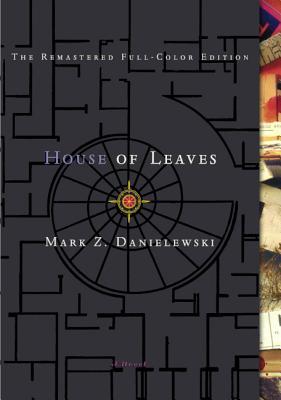
Rating: ★ ★ ★ ½ ☆
Date Read: May 27 to 28, 2016
Recommended by: Stephen King
Recommended to:
This is the kind of book you have to finish in one sitting or else it will haunt you until you do. I read it on Stephen King’s recommendation precisely because he said it scared him, which I found amusing and that was the reason it stayed on my radar. If not for Stephen King’s comment, I mostly definitely wouldn’t have picked it up because there wasn’t anything about Paul Tremblay or the blurb that made it stand out or look more interesting than other horror new releases.
I don’t read horror anymore, not because it’s scary, but because there hasn’t been anything new in the genre since Stephen King. i guess you could say that about any genre and have whole libraries of books to back you up. For me, though, the genre stopped being interesting when I realized every horror book I picked up was basically a Stephen King knock-off. Moreover, I don’t like contemporary fiction or the contemporary-ness of the writing in most horror stories, and I especially don’t like stories about domestic upheaval, decrepit old houses, and the ol’ possession or mental illness theme, all of which this book had. The irony is not lost on me.
The basic story is this: there are two timelines–now and 15 years from now. The book opens in the future with Merry revisiting the old house where she and her family lived during her sister Marjorie’s illness. What had happened to her family, particularly her sister, has since become an urban legend. Now Merry finally wants to tell her side of the story.
Like most possession stories, this one began with a series of weird things happening inside the house that no one in the family could account for, and they got steadily worse as Marjorie’s illness progressed. What further compounded the situation was her father losing his job and turning to religion, Marjorie’s medical bills piling up, the family falling further into debt, all the while Marjorie got worse and the weird things in the house kept happening. The family had to turn to exorcism as a last resort to save Marjorie.
The twist to this exorcist retelling is the introduction of a “documentary”/reality TV show. Because the family was financially strained, they had agreed to let a TV crew film a “documentary” detailing Marjorie’s condition in their home, and they had to live with the show’s cast and crew during the filming. Again, all the while Marjorie descended further into madness, which made her condition worse.
I thought the fake documentary was a clever way to make a familiar plot seem more modern. It added an interesting, yet much needed cringe-worthy, feel to the story that speaks to this day and age of exploitative reality TV.
This book leaves you with a parting question: was what happened to Marjorie a deteriorating psychological disorder or was it supernatural? There’s no clear answer and there’s enough for you go back and forth and second guess yourself.
It’ll keep you up at night, that’s for sure.
* * * * *
A big thanks to William Morrow for holding the GR giveaway where I won a copy of this book.







